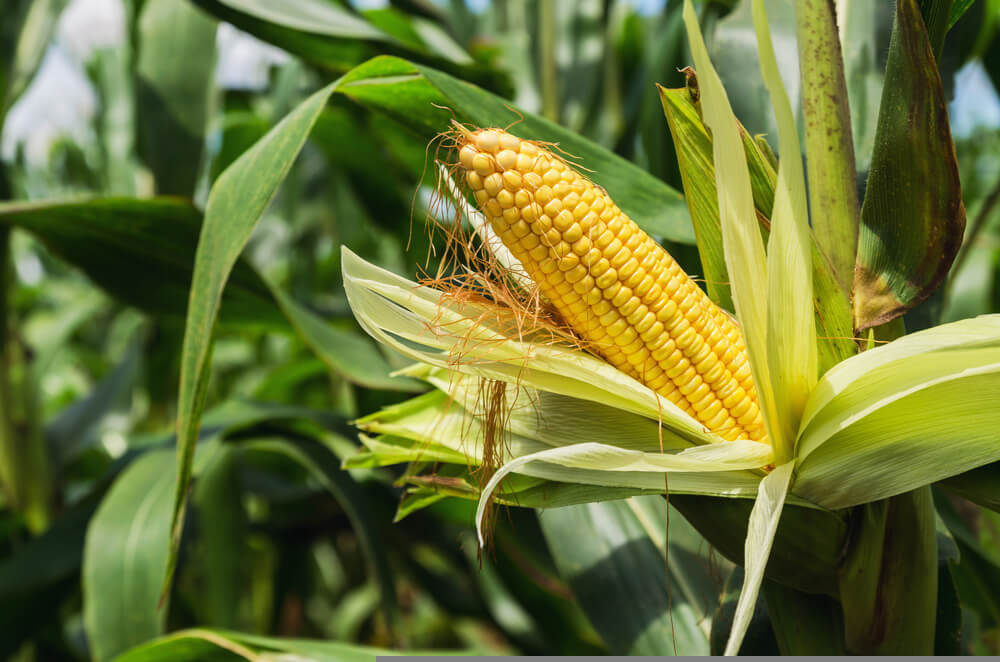Corn prices edged down along with rapid progress across the United States’ Corn Belt. According to weather reports, next week will trudge with dry conditions, which favors fieldwork.
According to a senior analyst, US corn production for the week could ramp up further should current conditions persist.
As shown in the Chicago Board of Trade, corn futures for December delivery dropped 2-1/4 cents, currently trading at $3.64 1/4 per bushel.
The USDA reported earlier that US corn crop is 15% harvested so far, slightly lagging behind its five-year average of 16%.
The agency is scheduled to release a report on agricultural commodity prices, including inventory stocks so far.
Industry experts expect September 1 corn stocks to play around 2.250 billion bushels. Should the prediction levels or exceeds actual figures, this could be the most extensive September 1 figure in three years.
In recent months before harvest season, mystery grew on this year’s output as drought persists in the corn centerfold.
The climate tends to get warmer and drier, increasing the crops’ tendency to withstand the prolonged dry season.
According to studies conducted on sites located inside the Corn Belt, atmospheric dryness in the geographic area leads to a reduction in photosynthesis, plant growth, and grain yield.
As a result, US corn production remained under question with this year’s dry spell. Nevertheless, even with hurdles, the overall harvest is looking better than expected.
Consequently, USDA will also report updates on other agricultural commodities, namely wheat and soybeans, among others.
Other Agricultural Commodity Prices
In current figures, wheat futures are trading in the red along with soybean futures, both following the soggy course of corn prices.
December wheat traded lower by 2 ¼ cents at $5.48 3/4 per bushel while November soybeans slashed 2 cents at $9.94 ¼ per bushel.
Industry enthusiasts note that soybean harvests could reach 576 million bushels, the second-largest September 1 figure for the commodity on record. However, this is a sharp drop from the peak of 909 million recorded last year.
While the United States’ overall economic activity follows an upward trajectory, its agriculture sector remains volatile.
Currently, the market sees low agriculture commodity prices aggravated by persisting weather problems in the Corn Belt.
According to the Federal Reserve’s Beige Book released last month, the agriculture sector is one of the pandemic’s hardest hit.
Due to this, the industry continues to weather losses incurred from the heath crisis, mainly coming from loss of income.
The cushion provided by the first stimulus bill, the CARES Act, was not enough to compensate for the lost income.
As if adding an insult to injury, the derecho windstorm wreaked havoc to Midwest crops on August 10.
This poses negative repercussions, especially to maize production, driving corn prices down during the disaster.
In Iowa’s state, National Agriculture and Statistics Service reduced prospects for harvested corn by 550,000 acres.
Still, future contracts of the commodity near-record levels for the Corn Belt, where corn prices are only a little below from figures recorded a year ago.
















